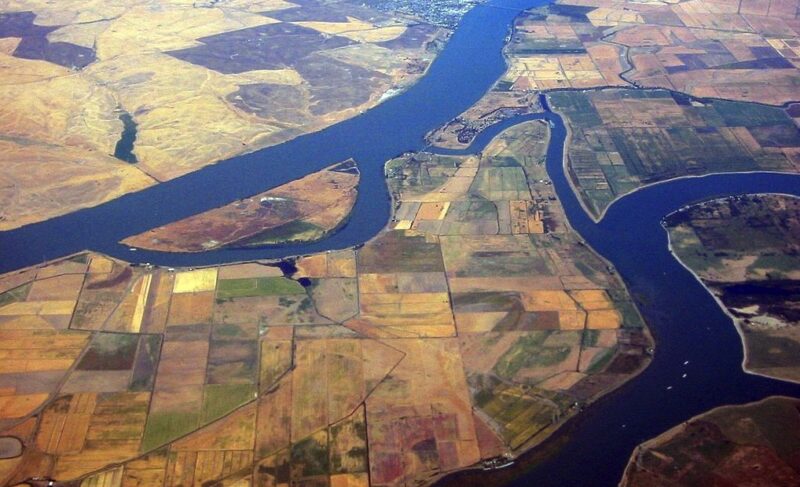In the face of an earthquake, flood, or other massive emergency, governments are expected to be able to quickly repair damage to power, transportation, waste management, water, and telecommunication systems. Yet these systems are highly complex and interdependent, and managing them requires countless people and dynamic processes.
UC Berkeley’s Resilient and Sustainable Infrastructure Networks project (RESIN) was launched in 2008 with a mandate to develop new approaches to improve resilience and sustainability in interdependent, interconnected, interactive critical infrastructure systems (I3CIS). The initiative is directed by Robert Bea, Professor Emeritus in the Department of Civil and Environmental Engineering.
“We’ve got faculty from business, political science, public health, and a few engineers thrown in to keep it interesting,” says Bea. “The basic goal of the research was to advance and verify methods that could be used to evaluate the risk associated with complex infrastructure systems.”
A key goal of this project is to look beyond resilience as a question of engineering, by integrating complementary ideas from the social, political, and legal sciences. RESIN is also funded by the National Science Foundation, and is part of the UC Berkeley Center for Catastrophic Risk Management.
The project began as a result of an investigation into the devastation brought by Hurricane Katrina, Bea says. “After Katrina, it became apparent that engineers were not focusing the critical causal factors: how people interacted, how organizations interacted, and how they accessed, evaluated, and took action on information and data.”
The RESIN team focused its research on the California delta infrastructure as a testing ground for the development of new analytical approaches to understanding risk mitigation within large-scale systems. They focused specifically on understanding the case study of Sherman Island, which sits at the interface between the Upper Delta and San Francisco Bay. “If for some reason we lost the integrity of the levy flood system we have built around that island, whose bottom is ten meters below sea level, you could induce the ‘big gulp,’ when you bring salt water from San Francisco Bay into the fresh water system,” he explains.
Initially this focus was too broad and complex, Bea recalls, but the group had a breakthrough when they determined that they could study the risk related to critical chokepoints. “As uncommon common sense would tell you, these systems are interconnected, interrelated, and interdependent, meaning if one system fails, it tends to cause a cascade of failures in the other systems,” Bea says. “We realized, if we could find particularly vulnerable choke points within this complex system and study those, we could gain an understanding of the risk of catastrophic failures in the entire system.”
This is a major attempt to break through this barrier of traditional risk analysis, which has not explicitly incorporated recognition of human organizational factors, nor interactions in complex systems.
While large-scale infrastructure is commonly regarded as an engineering issue, Bea says that social science is a vital part of the story, as most governments and other infrastructure organizations are not prepare to deal with emergencies in part because they have dysfunctional organizational cultures that are often mired in politics and conflict. “Frequently these cultures develop severe, deep-rooted conflicts that can provide the seeds for failures that then link to risk,” he explains. “As one of our colleagues put it, most engineers want to believe the planet is not inhabited. Engineering technology has found ways to isolate itself from the so-called human and organizational factors. This is a major attempt to break through this barrier of traditional risk analysis, which has not explicitly incorporated recognition of human organizational factors, nor interactions in complex systems.”
RESIN has already resulted in 50 publications and a series of workshops. The participants have also presented their findings directly to fellow researchers and policy-makers, though Bea admits the pace of change has been sluggish. “We have made the circuit and presented to key leaders at the federal level all the way down the local districts, and everyone was appreciative,” he says. “But then they went back to their busy lives, hoping that something bad won’t happen. Through this project, we have learned how to better forecast and evaluate risks, but we met a brick wall when it came time to gain the attention and positive action of people who have the power to ameliorate those risks.”
For more information, visit the Center for Catastrophic Risk Management.



